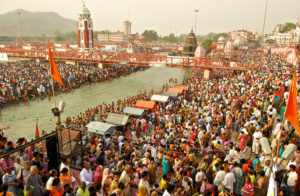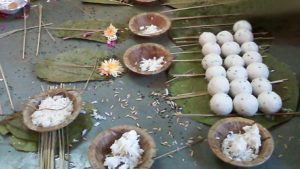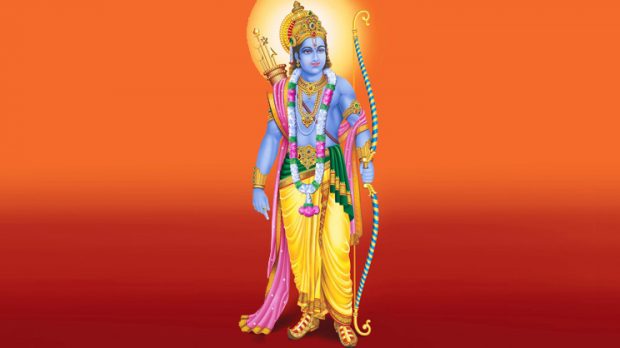Ram Leela – Life of Lord Ram
Ram Leela (Ramleela 2016 commences from October 1 and ends on October 11)
Ram Leela is a re-enactment of the life of Rama. It has as part of it, a ten-day battle between Rama and Ravana. The play is staged during ‘Sharad Navratras‘. It marks the commencement of the Autumn festive period, starting with Dussehra. The performances are timed to culminate on Vijayadashami day.
Lord Rama is the seventh incarnation of Lord Vishnu. Ramayana is based on the life, times and values of Lord Rama. Lord Rama is called the Maryada Purushottam or the best among the dignified.
Most such plays in North India are based on the 16th Century Avadhi version of the Ramayana, Ramcharitmanas, written by Gosvami Tulsidas.
History
Legend has it that the first Ramlila shows were staged by Megha Bhagat, one of the disciples of Tulsidas, the author of Ramacharitamanas in about 1625 AD, though there are some evidence of its existence in some form before the creation of this version as well. The first appearance was between 1200 and 1500 AD. During Akbar’s reign, he watched a performance. Though it would safe to conclude that its implosion into the Hindi heartland, happened only after Tulsidas created his version in people’s language of the time, the Avadhi, unlike the original written by Valmiki, in Sanskrit, the language only spoken by Brahmins by then, which excluded much of masses from experiencing the inspirational saga, which is essentially the victory of good over evil.
Significance of Ramlila in India
The real significance behind the depiction is that all the incidents which took place in the life of Lord Rama has imparted an important message for the mankind. Hence, this way, people are able to remember and relate to Lord Rama and his righteous nature by witnessing the events of Ram Leela.
Styles of Ramlila
There are different forms of the Ramlila in different regions. Each region has a version that has been crafted and presented for years together now. There are also a lot of folk elements that are adapted in the presentation – be it in the dialogue or the music, or even in the props and the flow of the story. There is one rather unique representation of the Ramlila that takes place in Chitrakoot. It is spread over five days each year during the last week of February. The Ram Barat of Agra is another interesting tradition connected with Ramlila, where in during the three festivities, a marriage procession of Rama is taken through various localities of the city.
The tradition of staging the Ramlila at Ramnagar, Varanasi, which lies across the Ganges river from the Hindu pilgrimage city of Varanasi, was started in ca 1830 by Maharaja Udit Narayan Singh, Kashi Naresh with the help of Pandit Laxmi Narayan Pandey’s family (present vyas ji of the Ramlila of Ramnagar). It rose in popularity during the reign of his successor Maharaj Isvari Prasad Singh, and received continued patronage from the subsequent Kings of the Royal House of Benares to create a participatory environmental theatre (Site-specific theatre) on a grand scale, where attendance ranges from few thousands to 100,000 for others. The Ramlila is a cycle of plays which recounts the epic story of Lord Rama, as told in Ramcharitmanas, the version of the Ramayana penned by Tulsidas. The plays sponsored by the Maharaja, are performed in Ramnagar every evening for 31 days. Over the period of time for which the performance lasts, there is a double transformation that occurs within the city. It becomes a wholesome venue for the event.
In other countries, the Ramlila is essentially both a theatre piece and a cultural performance. It is performed across the world by troupes native to the lands, and Indian troupes that travel.
Reach us to be a part of our whatsapp spiritual reminder group








